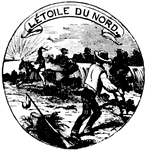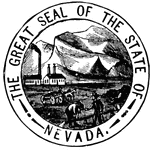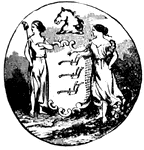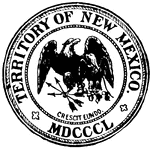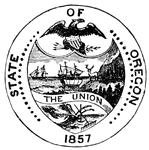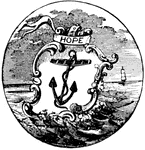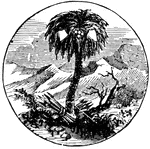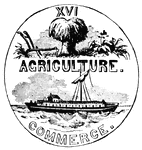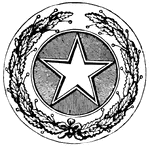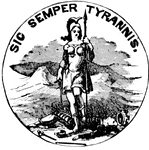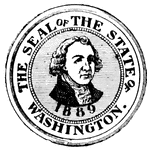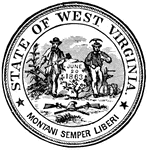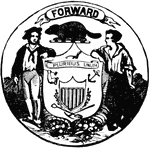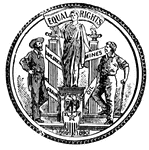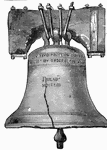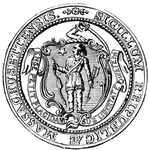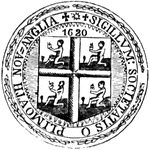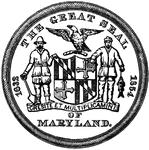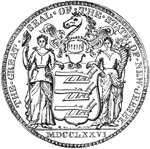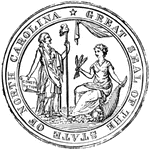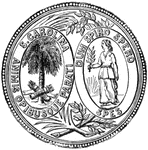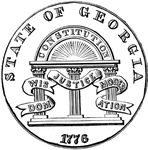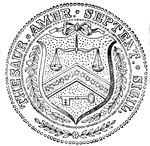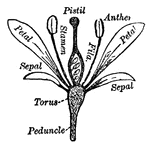
Pennsylvania Seal
Seal of the commonwealth of Pennsylvania, 1904. Motto: Virtue, Liberty, Independence.

Seal
The seal is an aquatic mammal, whose limbs are formed into flippers. The tail tapers at the end of the…

Coffee-Tree Fowers
These are the pistillate and staminate flowers of Kentucky coffee-tree, (Keeler, 1915).

Solomon's Seal Root
In some perennial herbs, prostrate stems or branches underground are thickened with this store of nourishment…
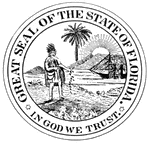
Florida Seal
The former Great Seal of Florida, featuring an indian, palm tree, the sun, and some uncharacteristic…
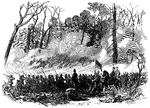
Battle of Shiloh
"Battle of Shiloh, or Pittsburg Landing, left wing- the woods on fire during the engagement of Sunday,…

77th Pennsylvania Regiment
"Captain Muller's Battery Company of the Seventy-seventh Pennsylvania Regiment making fascines and gabions…

Bombardment of Island No. 10
"Bombardment of Island No. 10 and the fortifications opposite, on the Kentucky Shore, by the Federal…

Camp Dennison
"Camp Dennison, sixteen miles above Cincinnati, on the banks of the Miami River, General Cox commanding-…

Battle of Mill Spring
"Battle of Mill Spring, on the Cumberland River, near Jamestown, between a confederate force, 8,000…

Kentucky Raid
"The Confederate raid into Kentucky- the fight at the Licking Bridge, Cynthiana, between the Federal…

Kentucky Raid Rally
"The Confederate raid into Kentucky--excitement at Convington--gathering of armed Federal citizens at…

Battle of Munfordville
"Battle of Munfordville, Ky., Sunday, September 14th, 1862- the Confederates charging through the abatis…

Columbus, Kentucky
"General view of Columbus, Ky., and its fortications, looking down the river, showing the 'Iron Bluffs'…

Paducah, Kentucky
"View of the town of Paducah, Ky., at the confluence of the rivers Ohio and Tennessee, the Northern…
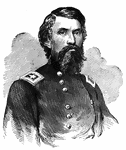
General John Buford
"General Buford, born in Kentucky in 1825, died in Washington, D. C., December 16th, 1863, was graduated…
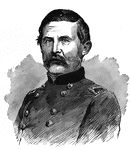
General Thomas L. Crittenden
"General Crittenden, born in Russellville, Ky., May 15th, 1815, studied law under his father, was admitted…
